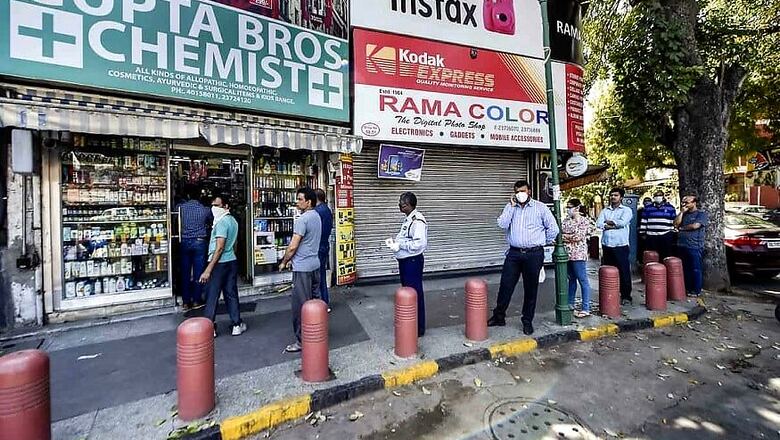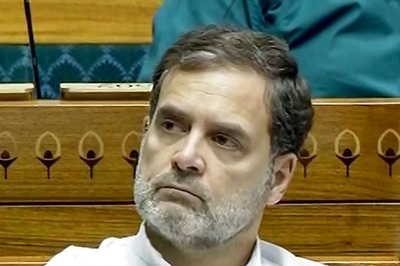
views
New Delhi: Governments need to pay special attention to minorities, people with disabilities and daily-wagers while communicating the threat of a health emergency like Covid-19 to elicit effective behavioural changes to combat the spread of the pandemic, say experts.
“We have seen Asians and Chinese nationals being stigmatised during the Covid-19 pandemic. Communities that are seeing surges in cases are also being stigmatised. Refuge population and foreigners can be labelled as super spreaders,” Katheryne Bertman, a Senior Program Officer at John Hopkins Centre for Communication Program, said in a presentation made in a webinar last week.
Berman specializes in risk communication and community management having earlier worked on drafting communication strategies in West African nations during the Ebola outbreak in 2014-15.
So the challenge, she says, often is not to build such a perception that people may end up controlling their fear instead of the danger, which can lead to rejection of public health advisories.
For instance, people should be made aware of the consequences of not maintaining social distancing, but should not be pushed to completely dis-regard or reject the larger policy framework created to combat the pandemic.
“If they are not feeling the threat, they can completely disregard the messages. What we need is a balance of perceived threat and efficacy so that people are controlling the danger rather than disregarding the threat,” Bertman added.
There have been reports of a section of people being targeted both in India and abroad after cluster or community outbreaks at religious or social congregations.
Some of the cultural and religious practices have led to increase in transmission of the disease. But both anecdotal and empirical research shows religious and community leaders if roped in can play a crucial role in effectively communicating the larger intent behind extreme social segregations being put in place by governments.
UP chief minister Yogi Adityanath had earlier this week reached out to leaders from various communities to help government break the chain of Covid-19. Karnataka chief minister BS Yediyurappa had also issued a strong statement in response to some BJP legislators’ attempt to link the pandemic to a religious group.
Stigmatisation of carriers is another issue which may hinder attempts to contain the outbreak if people showing symptoms may feel afraid to come out and get themselves tested.
The question is the right type of communication that not only builds a perception around people about them getting the disease but also transmitting it to others.
“There are often tensions between top down behaviours to prevent transmission and mitigate impact over local population. Think of the public in public health,” said Ketan Chitnis, Chief of Communication for Development for UNICEF in Mozambique.
In fact, a study during the 2009 outbreak of the swine flu in the country showed most people felt they were likely at risk of getting the disease. However, fewer believed they were a risk to others.
So what is needed is a sort of balance of perceived threat and perceived efficacy of the short-term behavioural changes being prescribed to combat the disease.


















Comments
0 comment